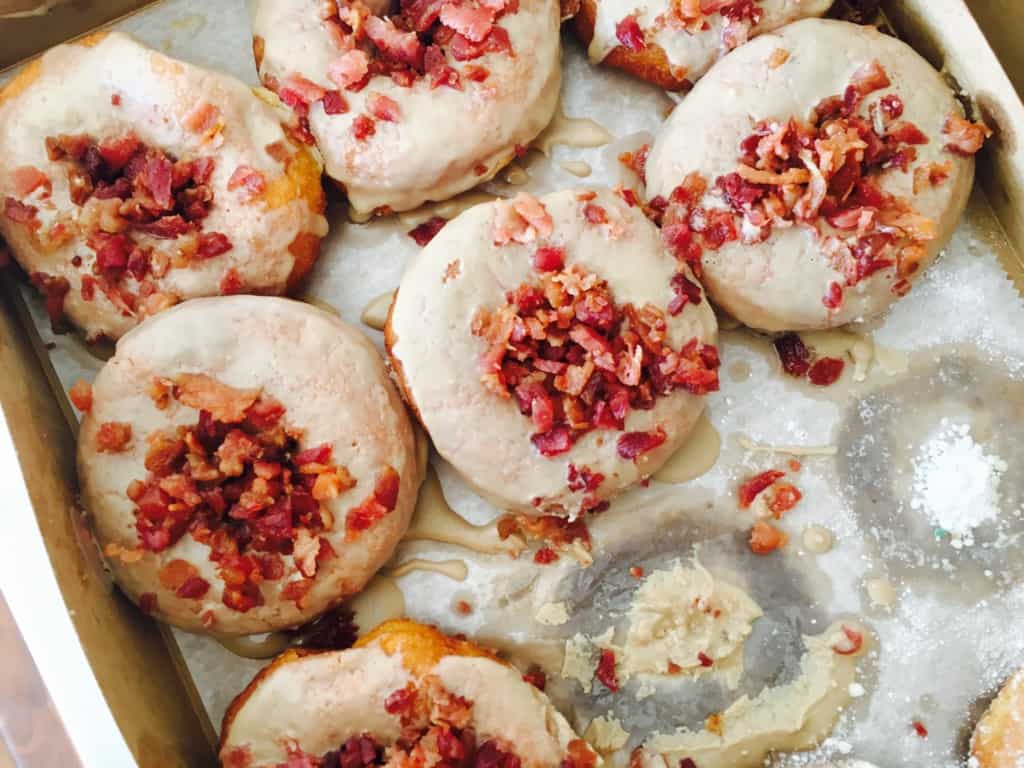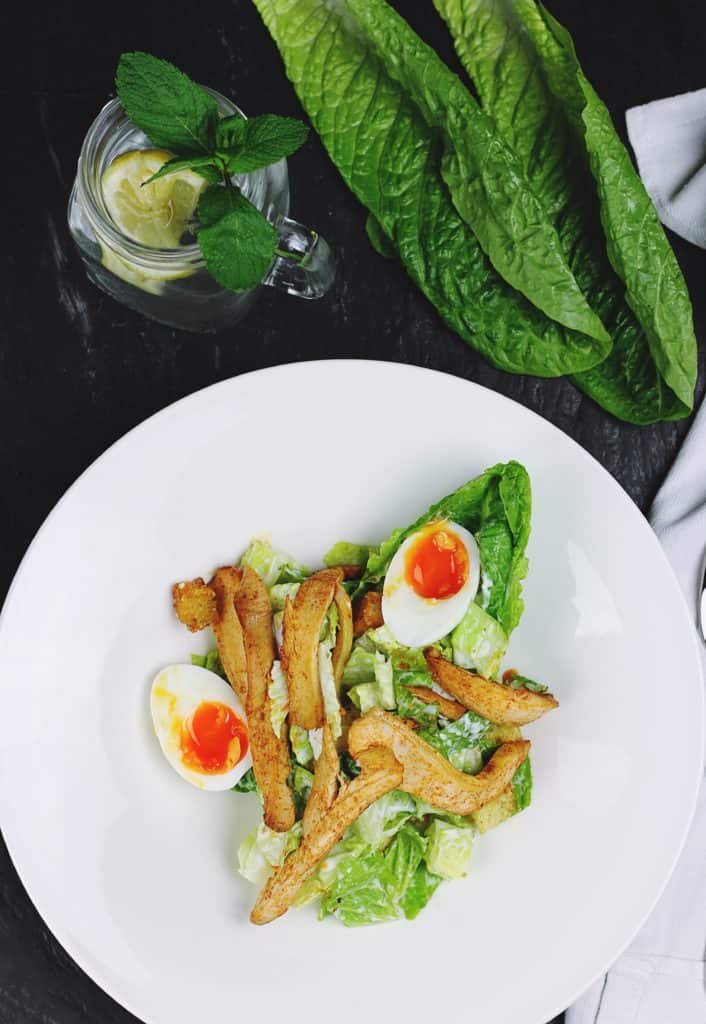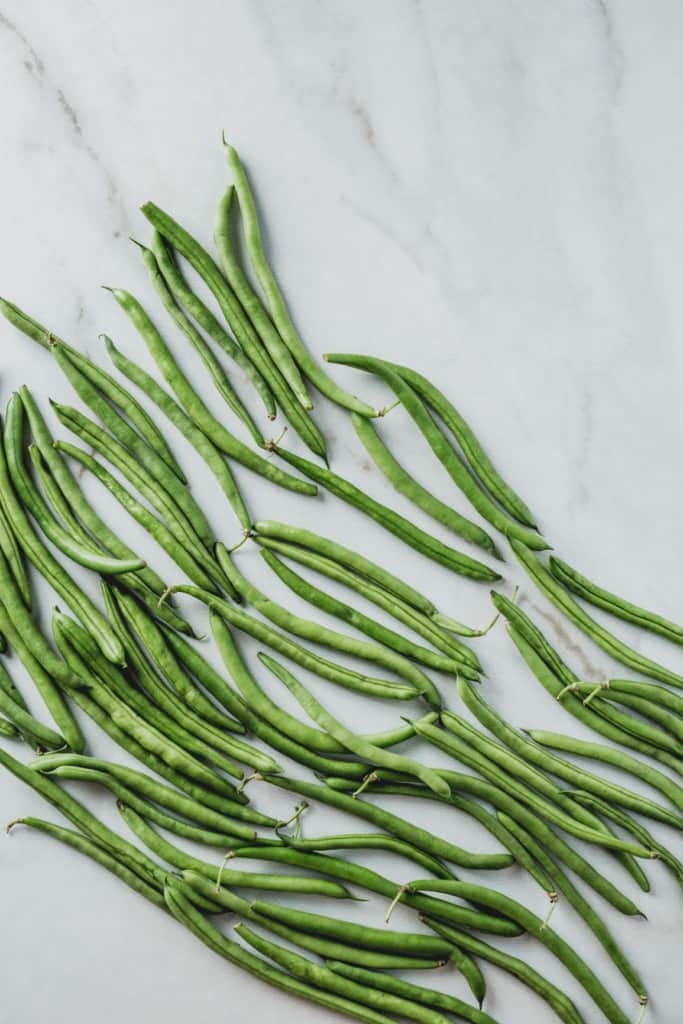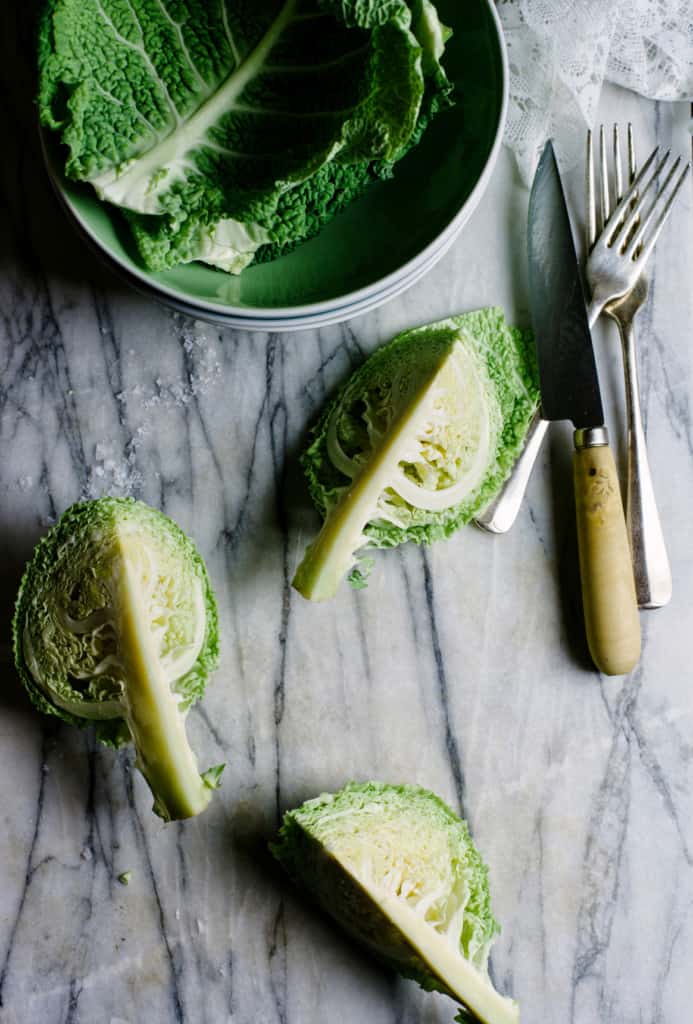This is a demo post exploring the different styles in the block editor (codenamed “Gutenberg”). This is just a development post – we haven’t yet released this publicly.
This is an H2
Most of your content should be contained in H2 subheadings.
In version 4.0.0 and later, body font-sizes have been standardized across all themes at 16px. Headings have been standardized using “em”, meaning a multiple of the 16px body-font size.
For more details, see this blog post.
This is an H3
H3 can be used to sub-categorize your content under H2 headings. You typically won’t need to use these when making recipes posts.
This is an H4
H4 is relatively uncommon, except in technical documentation. As a food blogger, anything you consider using for H4 should be either bumped up to H3, or simple paragraph text.
This is an H5
No real application for this outside of technical and legal documents.
This is an H6
Why even bother at this point?
Simple Image Block

New Gallery Block
Salads Green beans on a marble background Brussel Sprouts
Galleries are new to the block editor, removing the need for plugins. The captions are relatively simple to create.
Testing will be needed to see what sizes are loaded for various devices (desktop, tablet, mobile). Mobile is the most important, making up approximately 75% of pageviews for most food blogs in 2018 and on.
Too many images can slow down your page.
Unordered List
- This is an unordered list block
- This is the second item in the list
- Use unordered lists to create lists in which the sequence isn’t important
Ordered List
- This is an ordered list block
- It’s good to itemize sequential steps or items in an ordered list
- Using lists to break up your content and make it easier to parse is a good user-experience practice
Quotes
Blockquotes are a great way to emphasize an important piece of your content.
You can also turn the blockquote into a citation by providing a “citation”. This is a great way to reference content on another site.
Edgar Allan Poe
Overlay Block
This is a “cover” block – an image block with text overlay



